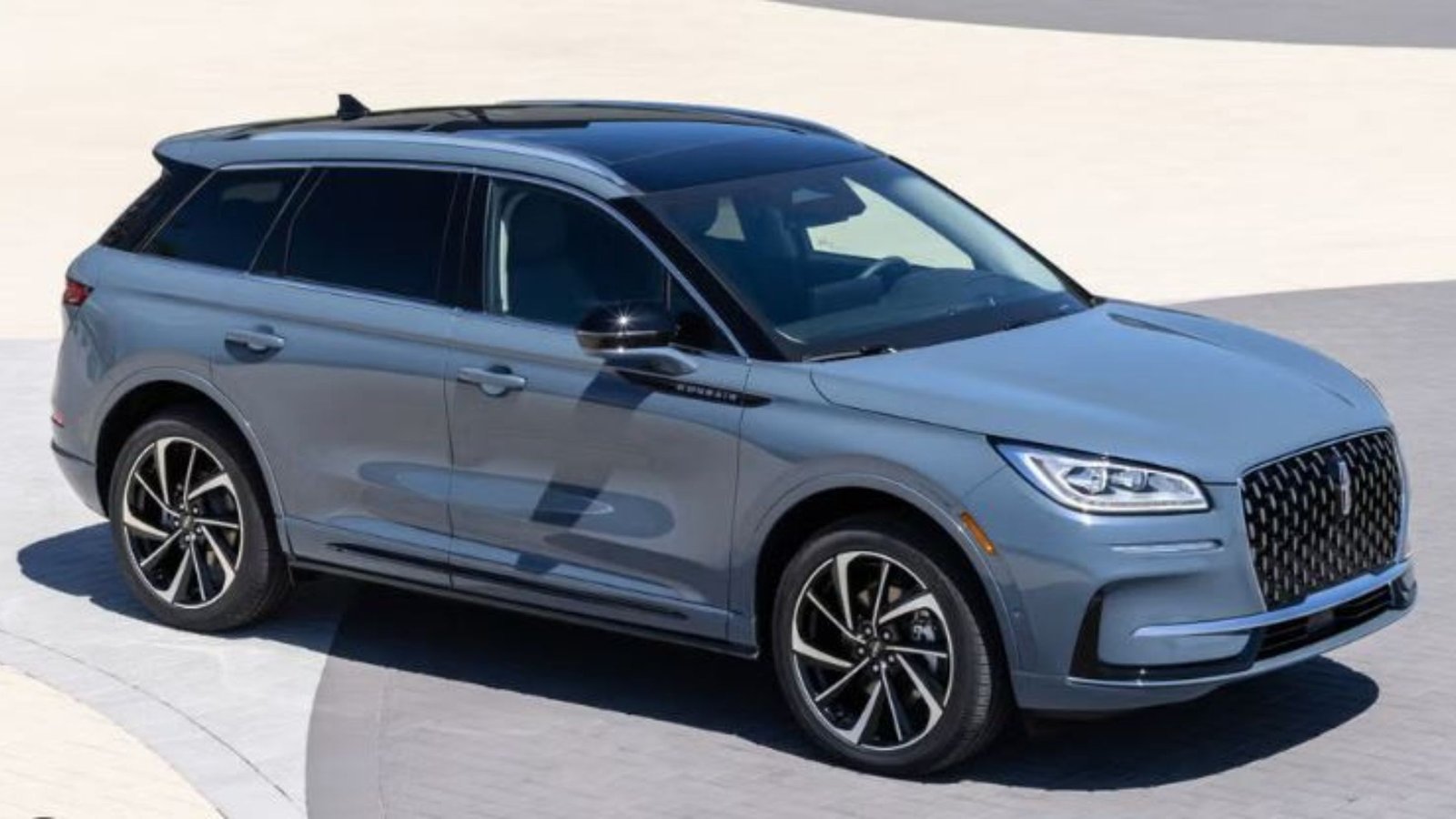How Hybrid Vehicles Bridge the Gap Between Gas and Electric
Hybrid vehicles offer a perfect blend of traditional gas-powered engines and modern electric technology. As more consumers look for environmentally-friendly alternatives, hybrids provide a bridge between gas vehicles and fully electric cars. Understanding how hybrid cars function and their benefits can help you make an informed choice when deciding between gas-powered cars and electric vehicles (EVs).

1. How Hybrid Vehicles Work
Hybrid vehicles operate by combining a gasoline engine with an electric motor, allowing the car to switch between the two power sources depending on driving conditions. The electric motor takes over in situations like low-speed driving or stop-and-go traffic, while the gas engine kicks in during highway driving. By using both systems, hybrid cars improve fuel efficiency and reduce overall emissions compared to traditional gas-powered vehicles.
In addition to energy efficiency, gas-electric vehicles often feature regenerative braking. This system captures energy lost during braking and uses it to recharge the car’s battery, further enhancing efficiency. This setup allows hybrid vehicles to reduce dependency on gasoline, even though they still require fuel.
Online Sports Betting Options
Automotive enthusiasts exploring digital pastimes often find online sports betting an exciting complement to their interests. These platforms allow users to follow live events while enjoying intuitive wagering features. With secure systems, bettors gain confidence in every interaction. The blend of tech and entertainment makes the experience enjoyable.
2. Fuel Efficiency and Environmental Impact
One of the biggest advantages of hybrid vehicles is their ability to offer better fuel efficiency compared to standard gas-powered cars. By utilizing both the electric motor and gasoline engine, hybrid cars can achieve significant fuel savings, particularly in city driving where electric motors often take precedence. These fuel savings translate to lower emissions, making hybrid vehicles a more environmentally-friendly choice.
While electric vehicles (EVs) are fully dependent on batteries and produce zero emissions, hybrid vehicles offer a compromise for those who are not ready to make the full switch. Hybrid cars still produce fewer emissions than traditional vehicles, helping drivers reduce their carbon footprint without fully giving up the convenience of gasoline-powered travel.
3. Addressing Range Anxiety
One major concern for consumers considering electric vehicles is range anxiety, the fear that the car will run out of battery power before reaching a charging station. Hybrid vehicles help bridge this gap by using a gasoline engine as a backup. This feature eliminates range anxiety, as the gas engine ensures the driver can continue traveling even when the battery is depleted.
While electric vehicles (EVs) rely solely on charging infrastructure, hybrid cars can be refueled at any gas station, making them a more practical option for long-distance travel or areas with limited charging stations. This flexibility makes hybrid vehicles a good transitional choice for consumers interested in reducing emissions without the limitations of an all-electric system.
4. Lower Ownership Costs
Hybrid vehicles tend to offer lower overall ownership costs due to their improved fuel efficiency. Drivers can save money on gasoline, particularly during city driving, where the electric motor reduces fuel consumption. Additionally, many governments offer incentives for purchasing hybrid cars, including tax credits and rebates, making them more affordable.
Compared to fully electric cars, hybrids typically have lower upfront costs due to smaller battery systems. However, they still allow drivers to experience some of the benefits of electric driving, such as quieter rides and reduced fuel dependency. Furthermore, hybrid vehicles generally require less maintenance than gas-powered cars, as their engines experience less wear and tear when supported by the electric motor.
5. Transitioning to Full Electric
For drivers considering a full switch to electric vehicles (EVs), hybrid cars offer an ideal starting point. They provide the benefits of electric driving without requiring the complete infrastructure or lifestyle changes that come with owning an EV. Drivers can familiarize themselves with battery performance, charging habits, and regenerative braking, all while maintaining the reliability of a gasoline engine.
Hybrid vehicles act as a stepping stone, allowing consumers to become comfortable with electric driving before committing fully to an EV. As technology continues to improve, more consumers may find hybrid cars to be a convenient option in the shift towards greener transportation.
Conclusion
Hybrid vehicles bridge the gap between gas-powered cars and electric vehicles by offering a practical solution for drivers who want the best of both worlds. With improved fuel efficiency, reduced emissions, and no range anxiety, hybrid cars provide a viable option for those looking to transition towards greener driving. Whether as a stepping stone towards fully electric driving or a long-term solution, hybrid vehicles offer flexibility and convenience while supporting environmental goals.
4o

